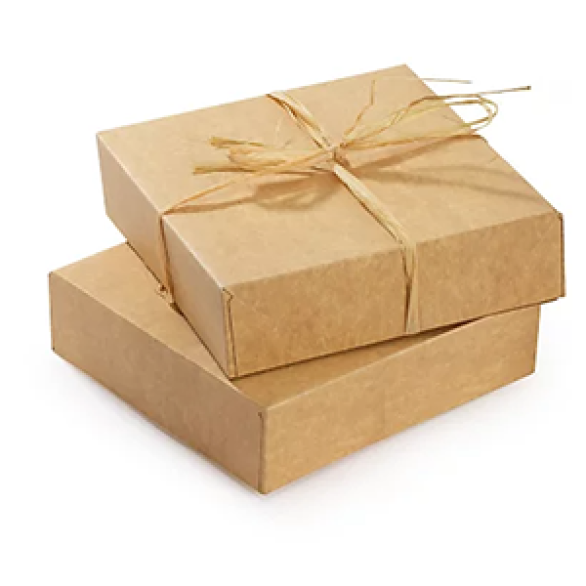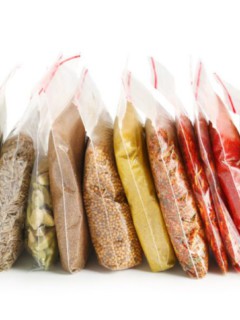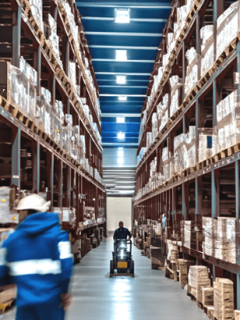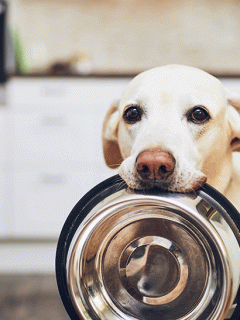There are still a few days to go… But for retailers and in e-commerce, Christmas is actually always an issue. Preparations for the year-end business start long before the first gingerbread appears in the retail trade – and that is also getting earlier and earlier 😉
A central question in the preparation: the gift packaging. It should be beautiful, it should be a brand ambassador – and: Sustainable!
There is never a better time of the year to wrap, bag and decorate. But one man’s joy is another man’s sorrow. The lovingly wrapped gifts create waste – and a lot of it. Recycled wrapping paper can help:
Unpleasant presents after the festivities
Whether brightly coloured, simple or elegant – gift wrapping paper triggers anticipation, excitement and curiosity in most people. After all, you want to know what is hidden inside. Children in particular tear open the wrapping paper without a second thought to be able to marvel at the actual gift. What remains is joy over the gift … and paper waste.
Especially at Christmas, huge amounts of waste are generated by wrapping paper every year. According to the German Association for Secondary Raw Materials and Waste Disposal (BVSE), Germans produce around ten percent more waste between Christmas and New Year than the average for the year. But birthdays, family celebrations or other holidays also often cause unnecessary paper waste, as the wrapping paper usually cannot or should not be reused and therefore ends up in the rubbish.
Other countries, other customs
When it comes to gift wrapping, there’s no getting around Japan. Because the Japanese know how to wrap gifts like no other people. For them, the gift-giving ritual alone is far more than just an act of joy and festivity.
In Japan, every gift is chosen with great care and the packaging is at least as important as the contents themselves. For example, they use furoshiki for wrapping. These are square cloths that replace wrapping paper. The gift is wrapped in a furoshiki and knotted with a special technique.
In contrast, gift wrapping in Europe is usually chosen to match the occasion. For Christmas, for example, Christmas wrapping paper is used, for Easter something suitable with bunnies or eggs. In the USA, on the other hand, even small gifts are often packed in oversized boxes. The recipient not only gets to enjoy the gift, but also the paper fight when unwrapping it.
The magic formula for economical consumption
Up to now, many Germans do not seem to attach any importance to environmentally friendly packaging when wrapping presents. In addition to classic wrapping paper, more and more packaging made of transparent cellophane ends up in the rubbish bin. But it’s actually not that difficult to use wrapping paper sensibly and proportionately. It starts with the amount used.
Because even in Great Britain, with approximately 365,000 metres, a huge amount of wrapping paper is consumed every Christmas, the British mathematician Warwick Dumas develops a formulaThe gift wrapping paper calculator is a tool that can be used to calculate the perfect amount of paper needed for a gift.
Where A is the size of wrapping paper needed, while a is the longest, c is the shortest and b is the remaining side of the gift. Since not everyone has the patience to calculate the amount of wrapping paper needed for all gifts, there is also the following rule of thumb:
Take a piece of paper that is as long as the circumference of the gift and add two centimetres for gluing on top.
Recycled wrapping paper – the eco-friendly alternative
Another way to do something good for the environment is recycled wrapping paper. That’s why you can also find vintage wrapping paper made from 100 percent recycled kraft paper that can be used on both sides. This not only looks chic, but also conserves natural resources.















